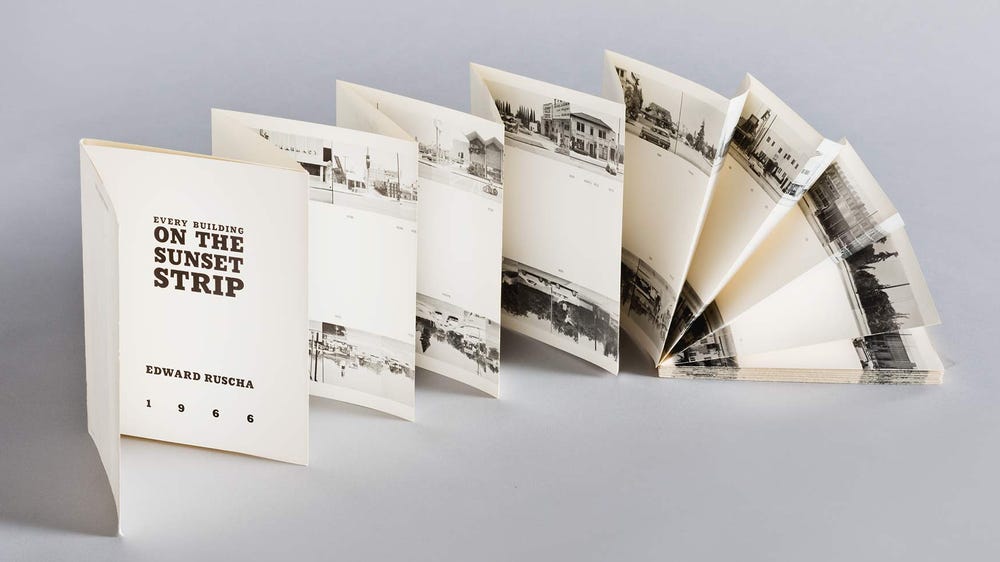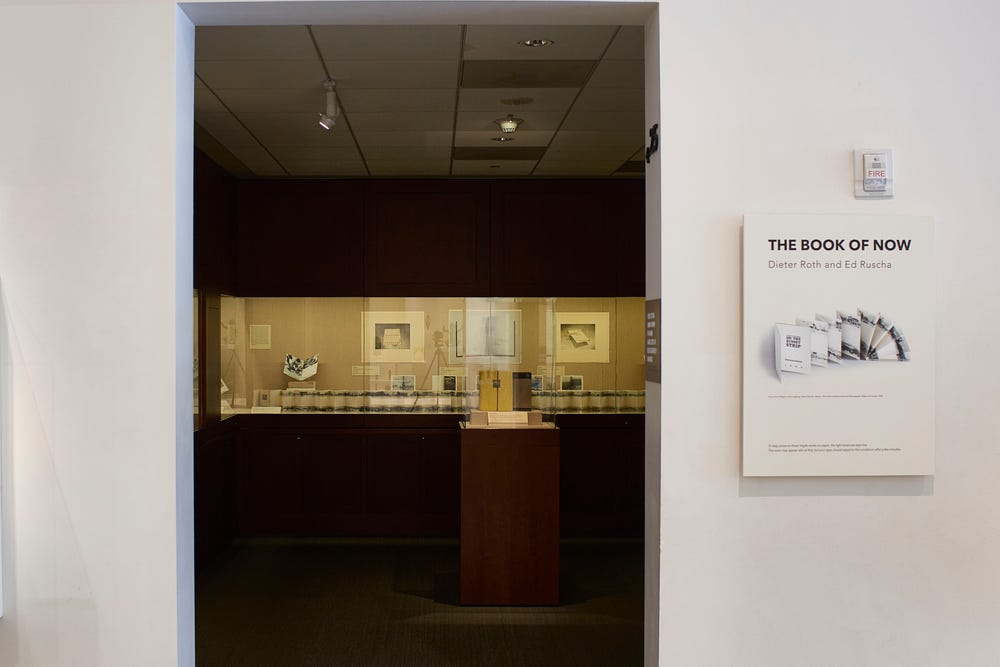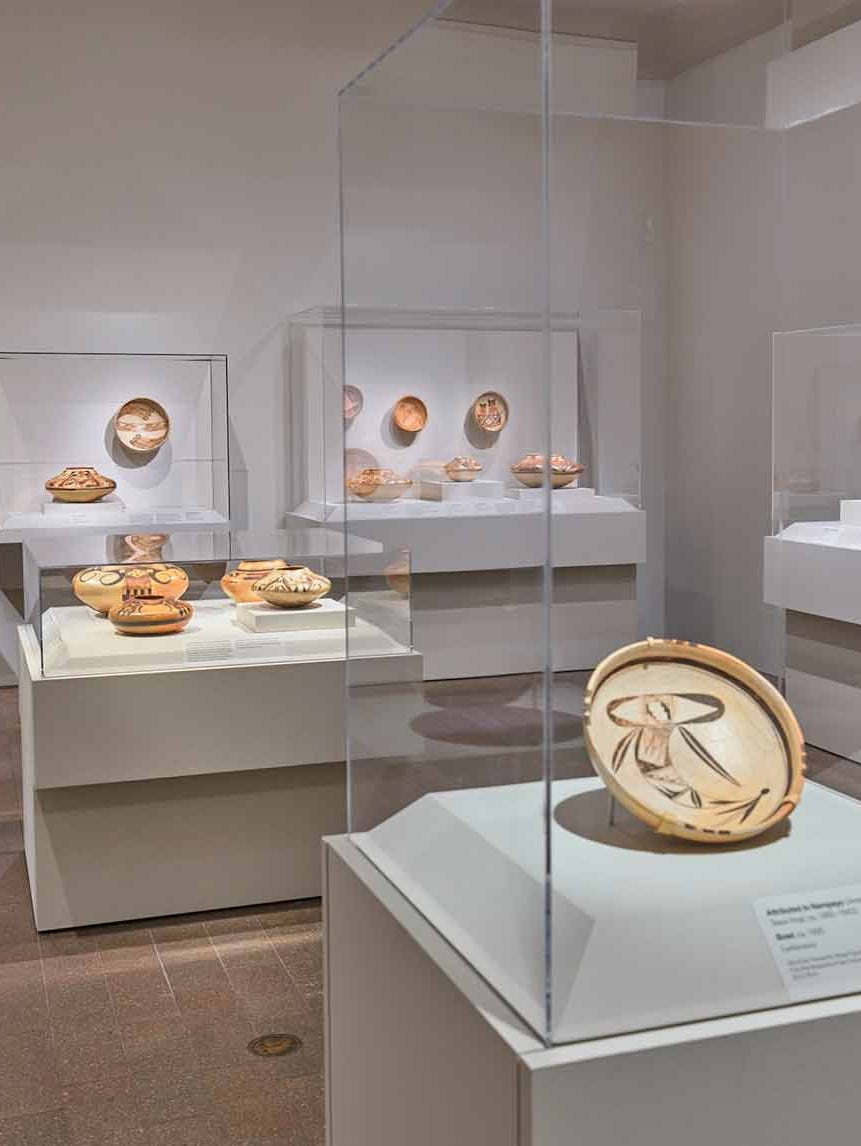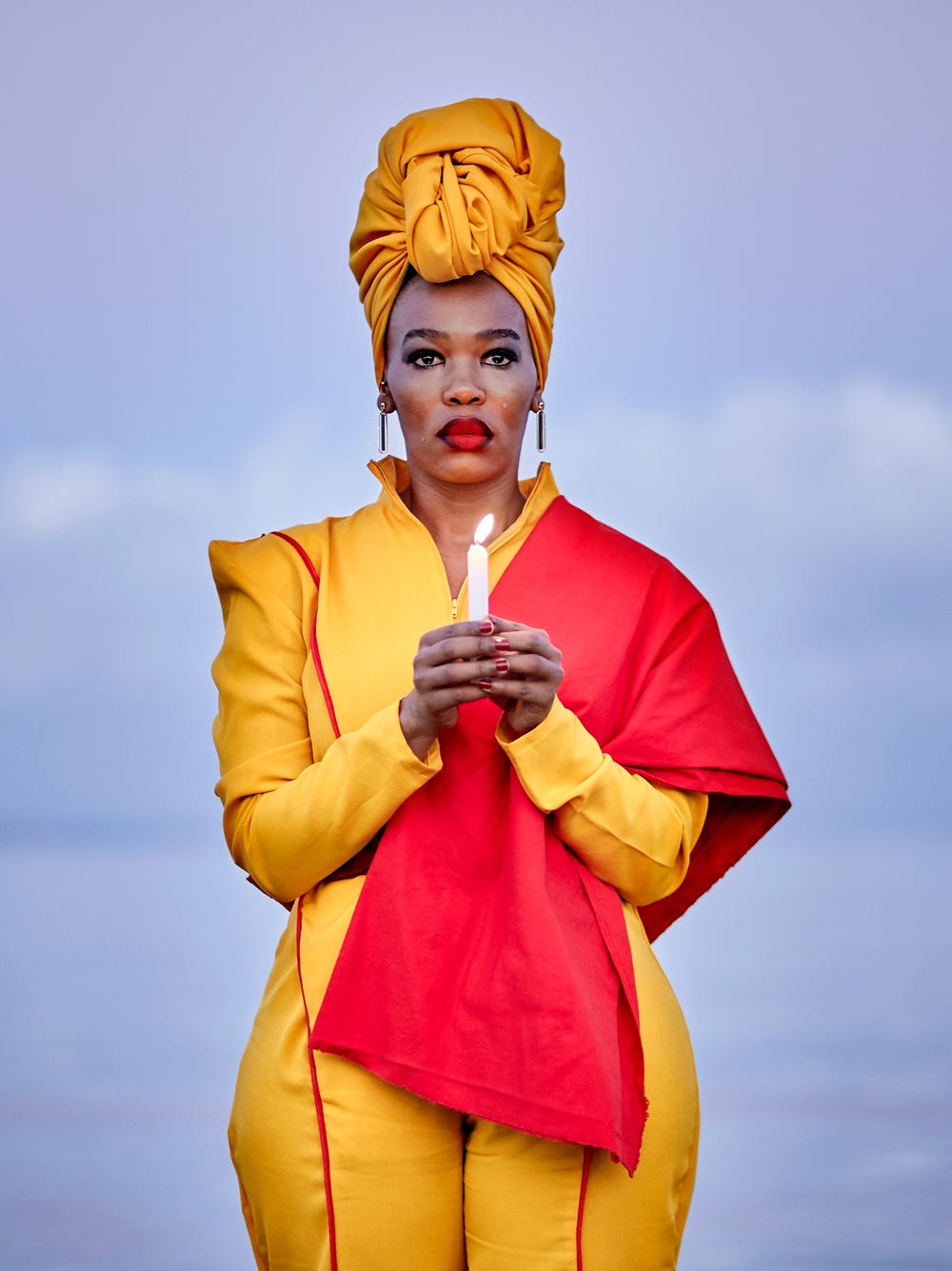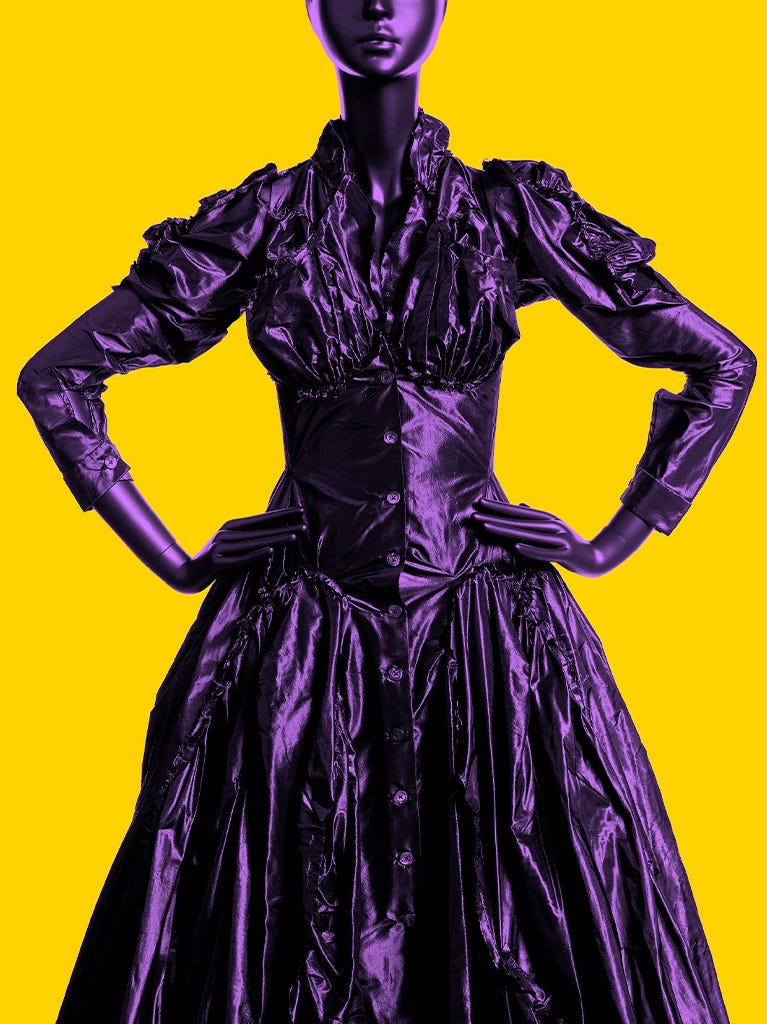The Book of Now: Dieter Roth and Ed Ruscha
Working in very different styles in the 1960s, Dieter Roth in Europe and Ed Ruscha in Los Angeles revolutionized the way artists work in the medium of books, each creating something immediate and new. The Book of Now: Dieter Roth and Ed Ruscha demonstrates that by subverting the traditional fine art publication of deluxe livres d’artistes, the artists’ self-published editions — outwardly modest yet conceptually advanced — broke new ground. For all Roth’s and Ruscha’s differences in style and temperament, under the surface their bookworks still had much in common. The two artists’ radical presentation of commonplace or found material in self-produced books brought artist’s books out of the gallery and into the immediacy of the studio and the street, transforming the character of the artist’s book into something very much of the moment, books of now, with qualities of spontaneity (Roth) and framing of culture (Ruscha) rarely seen since books made by the Dadaists and Futurists.
In depth
Dieter Roth (Swiss, b. Germany, 1930 – 1998) was a widely traveled and prolific artist who worked in diverse media — prints, writings, drawings, paintings, books, music — specializing in editioned work. His precise, Constructivist-influenced early work gave way in the 1960s to work that included chance operations and the embrace of the artistic process as an end in itself. Joining with the German publisher Hansjörg Mayer, Roth began his ambitious Collected Works project in the late 1960s with the intent to publish standardized new editions of his works. A total of twenty-six out of a projected forty volumes were eventually produced.
Dieter Roth: Early Work
Roth’s very precise early bookwork carries traces of his professional identity as a graphic designer. Children’s Book and Picture Book, both created in 1957, and 2 Books (1958) engage the viewer as an active participant in activating transmutations of form and color in the various overlays. Right from the beginning the artist exploited the specific mechanical qualities of the book, in this case its ability to present sequenced tableaux of shapes and colors. As he became more interested in finding hidden aesthetic qualities in the commonplace, in 1961 Roth brought the narrative form of the comic book (Book 3b and Book 3d) into his overlay deconstructions.
Ed Ruscha (American, b. 1937) was born in Nebraska and grew up in Oklahoma. He moved to Los Angeles in 1956 to study commercial art at the Chouinard Art Institute. Working in a variety of media, Ruscha is known for his practice of isolating everyday objects and common phrases as subjects for art. His work is pervaded by a dry, laconic wit, with a clear intent: “There are things that I’m constantly looking at,” he has said, “that I feel should be elevated to greater status, almost to philosophical status or to a religious status.” His first book, Twentysix Gasoline Stations (1963), is revered by many book artists today as a progenitor of the artist’s book as a “democratic multiple.” With documentary photographs of filling stations along Route 66 as the artist traveled from Los Angeles to Oklahoma City, the book was followed by others on a roughly annual basis, most of them in the same format.
Lake of Tears / Sea of Tears
“These pages are so brutal, they’re like a gigantic junkyard. So I thought I’d just stick a little tear in them.” — Dieter Roth, 1981
In 1971 – 1972, Roth began taking out small display ads in the Anzeiger Stadt Luzern, a free advertising circular in Lucerne, Switzerland. His ads’ content consisted of short, enigmatic lines of poetry, or absurd, aphoristic propositions. After a year or so of this, responding to the complaints of readers, the publication ceased to accept the artist’s submissions. Undaunted, Roth bound complete sets of the entire issues into a book in an edition of 150 copies. The project then spawned five satellite publications (Lake of Tears, vols. 1 – 5) that collected his texts and added illustrations.
Daily Mirror Projects
In 1961 Roth randomly cut the London tabloid newspaper the Daily Mirror into 2- by 2-cm squares, then glued a stack of the tiny sheets onto a spine to make a book. A few years later he enlarged selected pages to 25 cm to create a portfolio of prints in a commercially published series called Quadrat Print. The enlargement of these random “compositions” brought out unexpected relationships of fragmentary text and image and revealed all the glorious imperfections of ink on newsprint. Volume 10 of the Collected Works also follows that method.
Gallery
Sponsors
This exhibition is organized by the Fine Arts Museums of San Francisco.
